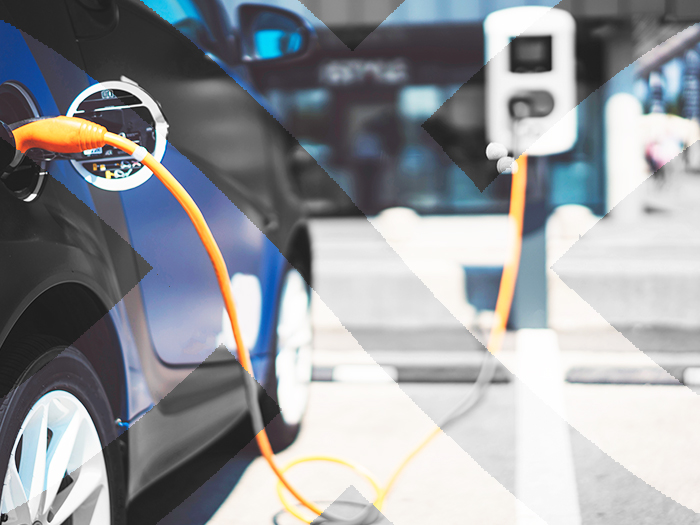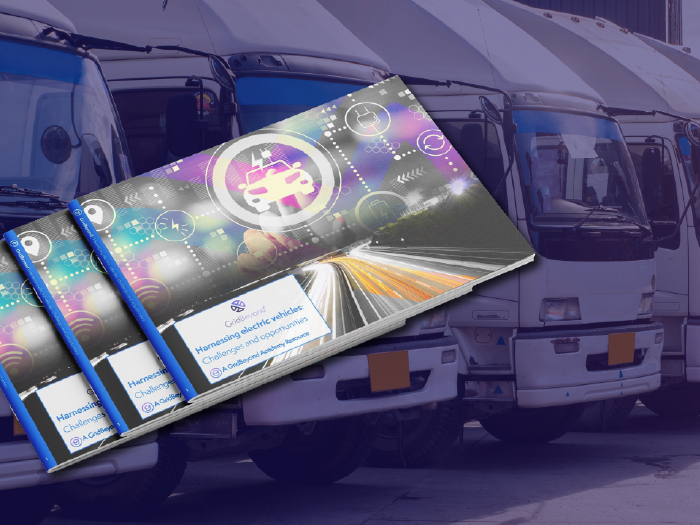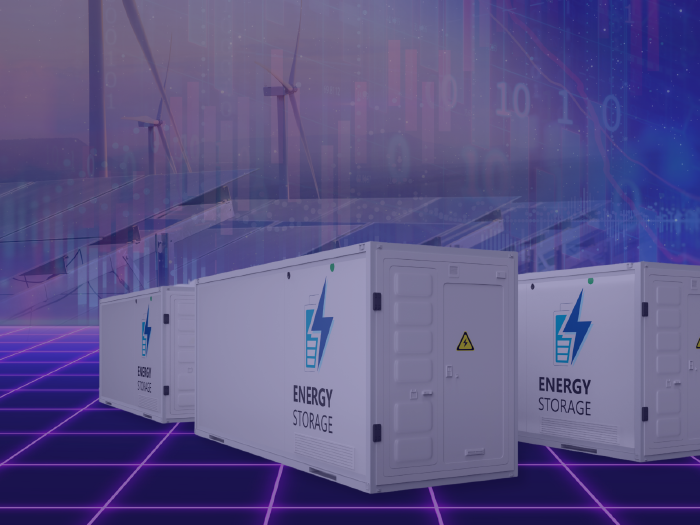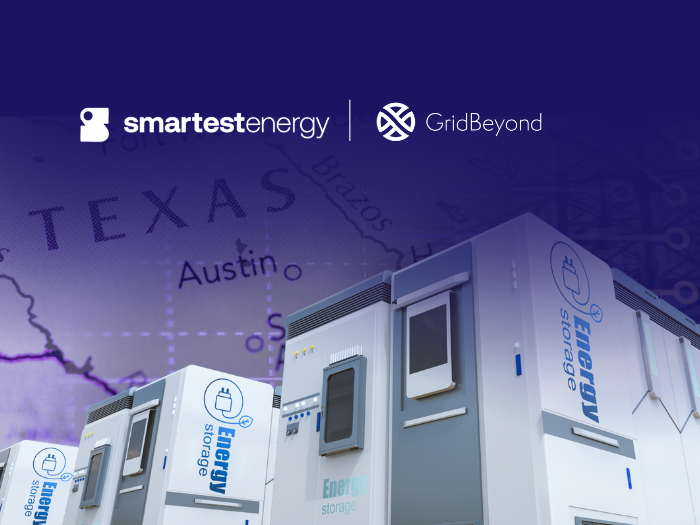News
better business decisions
Posted 11 months ago | 6 minute read

Exploring the EV landscape with Mike Kent
As electric vehicles (EVs) continue to gain traction in the automotive market, there arises a novel opportunity to utilise these vehicles not only as consumers but also as contributors to the power grid.
To delve into the current state and future prospects of this market, in this article GridBeyond’s Head of EV Solutions Mike Kent takes a look at the sector, the driving forces and emerging trends for the EV sector. He discusses the intricacies of the regulatory environment, the various models in use, and the innovative technologies that are revolutionising the sector. He details how GridBeyond is working with EV fleets such as Stagecoach and service providers such as Monta to leverage EV’s.
You can also read more in our white paper, Harnessing Electric Vehicles: Challenges and Opportunities, where we examine the challenges and opportunities associated with integrating EVs.
Q: What are the potential benefits for EV owners participating in demand response programs?
There are many opportunities for EV fleet operators to support the grid and become a key player in supporting the energy transition.
The potential economic benefits for electric vehicle (EV) owners participating in demand response (DR) programs are significant. By participating in DR programs, EV owners help reduce peak demand, which can lower overall energy costs for the community and reduce the need for expensive grid infrastructure investments.
The most obvious benefit is an overall reduction in charging costs through smart charging. Some utilities offer time-of-use (TOU) charges on power consumption, this is where electricity prices are lower during off-peak hours. By charging their EVs during these times, often during the night and early morning, owners can significantly reduce their cost to charge.
Utilities or aggregators may also offer payments to EV owners who allow their charging patterns to be adjusted in response to grid needs. By enrolling in such programs, EV owners can earn rewards for smart charging during off-peak hours or when renewable energy generation is high.
Q: Can you explain the key objectives of the partnership between GridBeyond and Stagecoach in terms of optimising energy consumption for the e-bus fleet and how does this align with broader goals of decarbonisation and energy transition within the UK’s public sector?
As bus companies increase their EV operational fleets there are new opportunities to use this load not only as consumers but also as contributors to the power grid and its decarbonisation through the integration of renewables.
GridBeyond will support UK operator Stagecoach to optimise the energy consumption of its EV fleet and integrate renewables energy in their business strategy.
The new partnership will allow Stagecoach to participate in the Capacity Market (CM) from October 2024, while looking at several other opportunities to support the grid and its energy transition goals. By participating in the CM, Stagecoach will support the grid when there is a high risk that a system stress event could occur whilst reducing the total cost of ownership from its fleet transition to EV through revenues earned by participation.
The CM plays a crucial role in fostering a low-carbon energy system, supporting the broader goals of decarbonisation in the public sector. By providing economic stability, encouraging innovation, and ensuring the reliability of renewable energy sources. It does this in several ways.
The CM provides payments to energy producers for maintaining available capacity. This financial support helps low-carbon power generators, such as wind, solar, and battery storage, to cover their operational costs and invest in further development. By offering a stable revenue stream, the CM encourages investment in low-carbon technologies and reduces the financial risks associated with renewable energy projects, attracting more developers and investors to the sector.
The CM also supports demand-side response and energy storage solutions, which are essential for integrating intermittent renewables into the grid. These technologies help balance supply and demand, ensuring a stable and reliable power supply.
By supporting low carbon and renewable energy sources, the CM helps reduce the overall carbon intensity of the UK’s electricity grid. This contributes to the country’s broader climate goals and commitments to reducing greenhouse gas emissions.
Q: How does the integration of Monta’s managed EV chargers into GridBeyond’s demand-side assets contribute to grid stability and what are the expected benefits for EV owners?
EV charging platform Monta and energy optimiser GridBeyond have partnered together to deliver pioneering technology that transforms charging points into valuable resources, contributing towards grid stability.
Monta is an operating platform powering the EV ecosystem serving drivers, companies, cities, and the electricity grid with one integrated software solution. The partnership with GridBeyond aims at helping to reduce stress on the electricity grid. Electric vehicle charging stations are often concentrated in specific areas, especially urban centres. This can lead to a situation where the local grid struggles to meet the increased demand, affecting not only the charging of EVs but also the overall stability of the electricity supply to homes and businesses. Grid contribution becomes pivotal during times of imbalance – either an unforeseen dip in power generation or a surge in demand across the local distribution network or the wider power grid.
By working with GridBeyond, Monta’s managed EV chargers will be used as valuable demand side assets. By pausing all ongoing charges, the electricity demand is also reduced matching the pattern set by the imbalance, stabilising the grid and earning revenues from participation of these flexible assets within market. Monta customers opt into the service via Monta’s “PowerBank” product.
The testing stage is underway and has delivered successful results. By linking with Monta’s platform, GridBeyond is able to provide market access to flexibility programmes in Great Britain, to forecast periods in advance where imbalances occur and aggregate the flexibility provided by Monta’s charges for dispatch under market programmes to earn maximum rewards for drivers.
Mike Kent, Head of EV Solutions, GridBeyond
Experience in engineering, business development and forming partnerships with fleet operators for EV transition. Previous roles include Arriva Buses, Babcock International and Enel X charging network. Michael will lead planning of EV usage in flexibility markets and achieving maximum revenue opportunities.

White Paper | Harnessing electric vehicles: Challenges and opportunities
As electric vehicles (EVs) continue to gain traction in the automotive market, there arises a novel opportunity to utilise these vehicles not only as consumers but also as contributors to the power grid. In this white paper, we examine the challenges and opportunities associated with integrating EVs.
Learn more





